7 Stunning Details of the Pagani Huayra BC

Quite simply, the Pagani Huayra BC is a work of art.
However, this work of art is powered by a 6.0-liter twin-turbo V12 – itself a masterpiece assembled in Mercedes-AMG’s Affalterbach facility – making 800 horsepower and more than 800 pound-feet of torque in this prototype, so it can also accelerate from standstill to 60 mph in three seconds flat. And with a carbon-fiber monocoque reinforced by aluminum and titanium alloys, it weighs a paltry 2,756 pounds and has rear tires wider than the Mississippi, so it sticks to the road like nothing you’ve ever experienced short of a race car with R Compounds.
I confess, with a $2.5-million machine in my possession, I was more concerned with local law enforcement and the insurance policy than setting any g-force benchmarks. This car’s limits are so far beyond street legal that they haven’t yet invented a Fast & Furious plotline to warrant its capability.
While its visceral and aural sensations delight on the road, it is still a joy to behold when parked with its doors and engine cover raised in all their glory, so we poked, prodded and crawled all over it to find our seven favorite details that only such a bespoke piece of machinery could afford.
Shifter Linkage
The gearbox is a single-clutch sequential automated manual, so it doesn’t have the manual charm of the Zonda (Pagani’s first hypercar), but Pagani has nonetheless put the physical connection between shifter and gearbox on display. Surrounded by a carbon fiber halo (somewhat like the Halo safety cage proposed for F1), the spring-loaded rod linkage is there for everyone to see, with some of the car’s ambient LED lighting accenting its sculptural quality.
Pedals
While not as complex a structure as the shifter linkage, the pedals are a pair of purposeful shapes, long and skinny for the gust of acceleration that the throttle unleashes, and a round, wide, textured pedal to scrub off all that speed. The pair have an organic, symbiotic relationship to each other much as their functions do for a vehicle of this caliber. Those brakes, not surprisingly, are custom Brembos, with six-pot calipers in front and four-pot in the rear clamping down on carbon ceramic discs for incredible deceleration when called upon. While the majority of stopping power is derived through the carbon discs, several flaps at the front and rear of the car flip up to provide aerodynamic drag to both help stop the car and to provide downforce for cornering and braking grip.
Gauges
While the gauges don’t seem to stray as far from convention as the shifter and pedals, they are still unique, and the wings jutting out the sides are evocative of the aerodynamics the car employs both passively and actively. The muted polished metal is finished in two different directions to add hints of fascination, and the numbers are small, by necessity, to fit in the upper limits of the speeds this car is capable of reaching, with a claimed top speed of 328 mph.
Carbon Fiber
Carbon, carbon everywhere and not a drop to drink. You figure with the amount of weight savings Pagani has realized with the use of carbon fiber, aluminum, titanium and other exotic lightweight materials, you figure they would have enough weight to spare for a cupholder! I kid, I kid, this kind of car has a singular focus on performance that rightfully has no place for cupholders, and the 132 kg of weight savings over the standard Huayra (of which only 100 were ever produced) were attained by using more unvarnished carbon fiber, more exotic alloys like Avional – an aerospace grade aluminum alloy – and an incredibly lightweight but also captivating titanium exhaust. The monocoque uses a special breed of carbon fiber woven with titanium, again in order to provide even greater rigidity and light weight and it doesn’t hurt that the highlights threaded through the carbon fiber add subtle, eye-catching glimmers to the weave.
Doors
The doors are pure theatre, gull-wing designs that weigh almost nothing thanks to their carbon fibre construction, and like many of the other controls in the Huayra BC, are operated by a throwback switch, with toggles and buttons and levers giving the interior a steampunk feel curiously juxtaposed with the high tech materials and powertrain.
Engine
As with any hypercar, the engine is the centre of attention and both its pedigree and performance are beyond reproach, but take a moment to behold the artistry. The parallel ridges that top the engine covers, the polished exhaust, carbon fibre intakes all sitting under the clamshell engine cover that is secured with a leather buckle for a touch of anachronistic flair. Immediately aft of the engine, the suspension components, with their bright yellow springs and polished and greased components hint at the extreme lengths Pagani has gone to achieve the pinnacle of performance.
Exhaust
Viewed directly head on, the quad exhaust is both a little creepy and a lot scary, looking as it does like some massive shotgun barrels, but from above and to the sides, the BC monogram in honor of Benny Caiola – Pagani’s first customer and a long-time devotee and supporter of the brand – and the blue tinge soften the fear of the explosive exhaust you expect to emanate from them. Here Pagani’s craftsmen have embraced the natural beauty of titanium, polishing it to a satin sheen, and wrapped the carbon fibre opening around it to mirror the shape of the quad pipes poking out the back.
These details are just the tip of the iceberg, and every part and component has been handcrafted with exacting attention to detail and uncompromised dedication to saving weight, embracing speed and reflecting the passion of Horacio Pagani, the man behind this bespoke creation. From wheels milled from a single, solid piece of aluminum to aerodynamic wing mirrors that are inspired by the shape of his wife’s eyes, the Huayra BC is an automotive dream come to life, a vehicle so special that it transcends brand loyalties, earning nods of appreciation from Ferrari drivers and Porsche mechanics, and drawing a crowd of eager onlookers whenever it sits still.

Jonathan eats, sleeps, and breathes cars. A family man through and through, Jonathan brings over 10 years of experience evaluating cars with a focus on the details that parents will be grateful for, and cars that drivers will appreciate.
More by Jonathan Yarkony



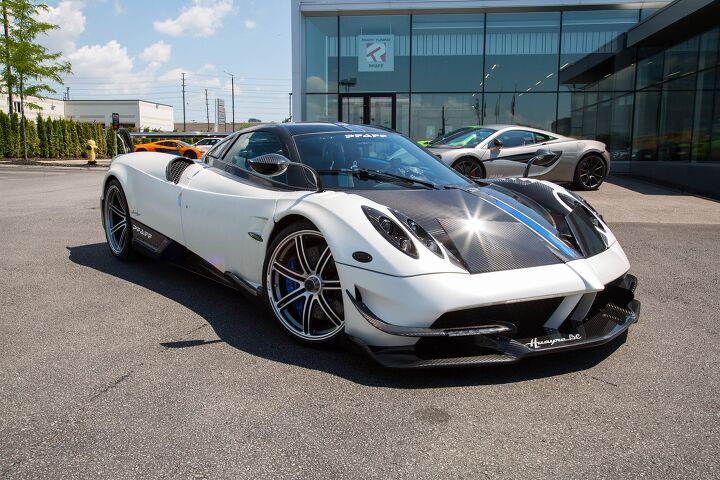
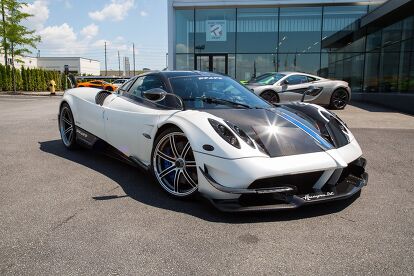





















































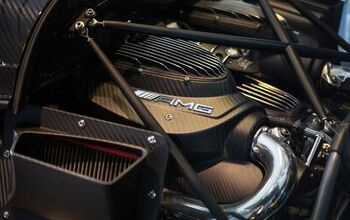



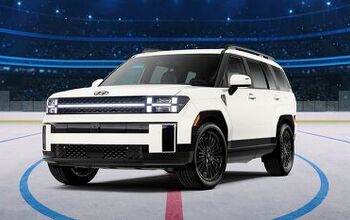
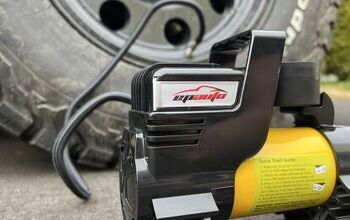





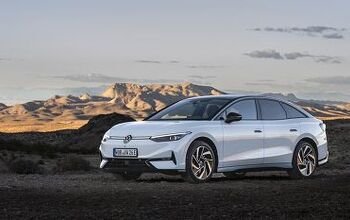
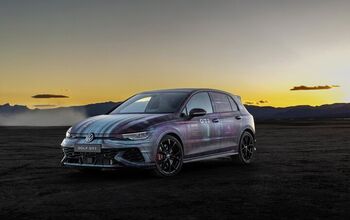
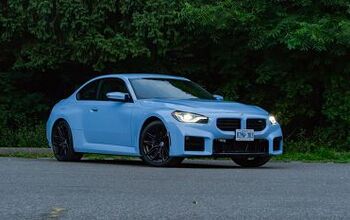

Comments
Join the conversation